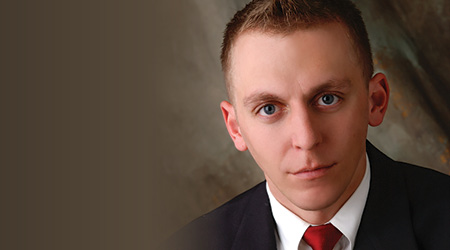
We live in some weird times. I don’t necessarily want to dive into politics, but I have been watching the national dialogue closely. Ultimately, what happens in Washington shapes the way I plan for the educational needs of my clients — many of whom are running in-house cleaning operations in government operations.
That’s why I’ve been somewhat alarmed by the national discussion to defund, dismantle or otherwise disrupt the work of the Environmental Protection Agency — and the mostly quiet response that this has received from the professional cleaning industry.
Politics aside, the work of the EPA has a profound influence on what we do. While the EPA no longer has any statutory authority over the indoor environment, it plays a very critical roll in the chemistry we use to clean buildings. Most critically, the EPA defines what can legally be classified as a cleaner, sanitizer and disinfectant through its enforcement of kill claims.
This point always gives me pause. Almost daily, I hear the terms clean, sanitize and disinfect used interchangeably, not only by the general public, but by janitors, leads, supervisors, managers, executives, and so on.
Understanding these definitions clearly and applying them professionally is a crucial part of managing chemical inventories, and educating our cleaning departments and occupants of our buildings about the service we provide. Mistaking any one of these products for another is dangerous, which is why education should be an imperative component of your safety and overall training programs.
Cleaners: These chemicals remove dirt through wiping, mopping or scrubbing. Usually, a cleaner is composed of water and some type of detergent. These chemicals work by penetrating surface soils, breaking them down and rinsing them away with water. Cleaning is a key step when preparing surfaces for sanitizing or disinfecting. It removes soils, dirt and dust. If a surface is not clean, it will be near impossible to disinfect.
Sanitizing: Sanitizers are chemicals that reduce, but don’t necessarily eliminate microorganisms such as bacteria, viruses and molds from surfaces. Some public health codes require cleaning with sanitizers in food preparation, food service and food manufacturing environments. Sanitization is an important concept in these areas because it makes surfaces safe for usage within a short period of time. Sanitizers kill 99.99 percent of pathogens they come in contact with, however they don’t make surfaces uninhabitable for them. They are ideal for areas where food is being stored, prepared or sold.
Disinfectants: Disinfectants are chemicals that destroy or inactivate pathogenic microorganisms. They play an absolutely essential role in environments requiring infection control, specifically healthcare and hospitals. Disinfection procedures kill 99.999 percent of targeted pathogens within a 10-minute dwell time. It is important to note that this time is longer than what most daily cleaning situations allow. Therefore it is important to not miss the crucial step of pre-cleaning the surface before disinfecting. A thorough cleaning using a cleaner and a cleaning cloth with a little friction will remove many of the microorganisms on a surface.
How the EPA defines these words is merely the tip of the iceberg. This issue is important to our profession because understanding these definitions is a first step in ensuring that the correct products are used in healthcare environments, schools, food service, restrooms and other public areas where proper management of pathogens is a concern. This feature will continue in the next issue where we’ll discuss kill claims, EPA establishment numbers versus EPA registration numbers, and best practices for making sure the chemicals you’re purchasing are doing the job you want them to do.
BEN WALKER is the Director of Business Development for ManageMen, Inc., a leading cleaning industry consultancy specializing in training, transitions, auditing and educational materials.

 Celebrating BSCAI's 60th Anniversary eBook
Celebrating BSCAI's 60th Anniversary eBook The Down and Dirty on Cleaning in Virus Season
The Down and Dirty on Cleaning in Virus Season How Surfactant Use is Expanding in Commercial Cleaning
How Surfactant Use is Expanding in Commercial Cleaning